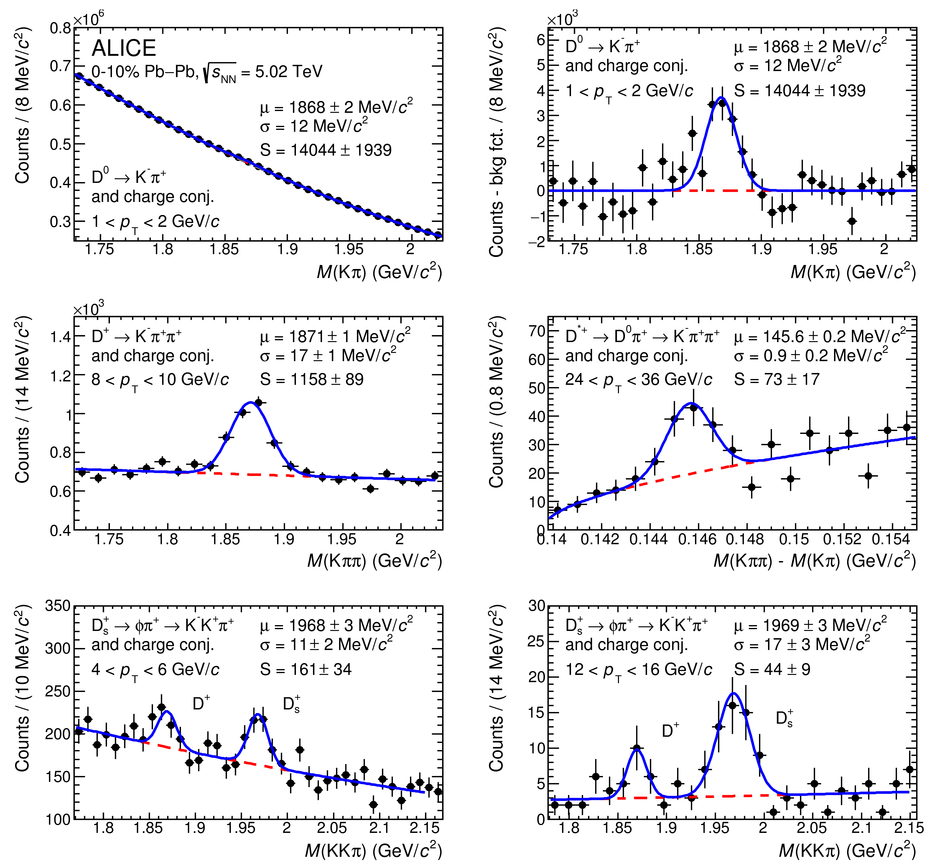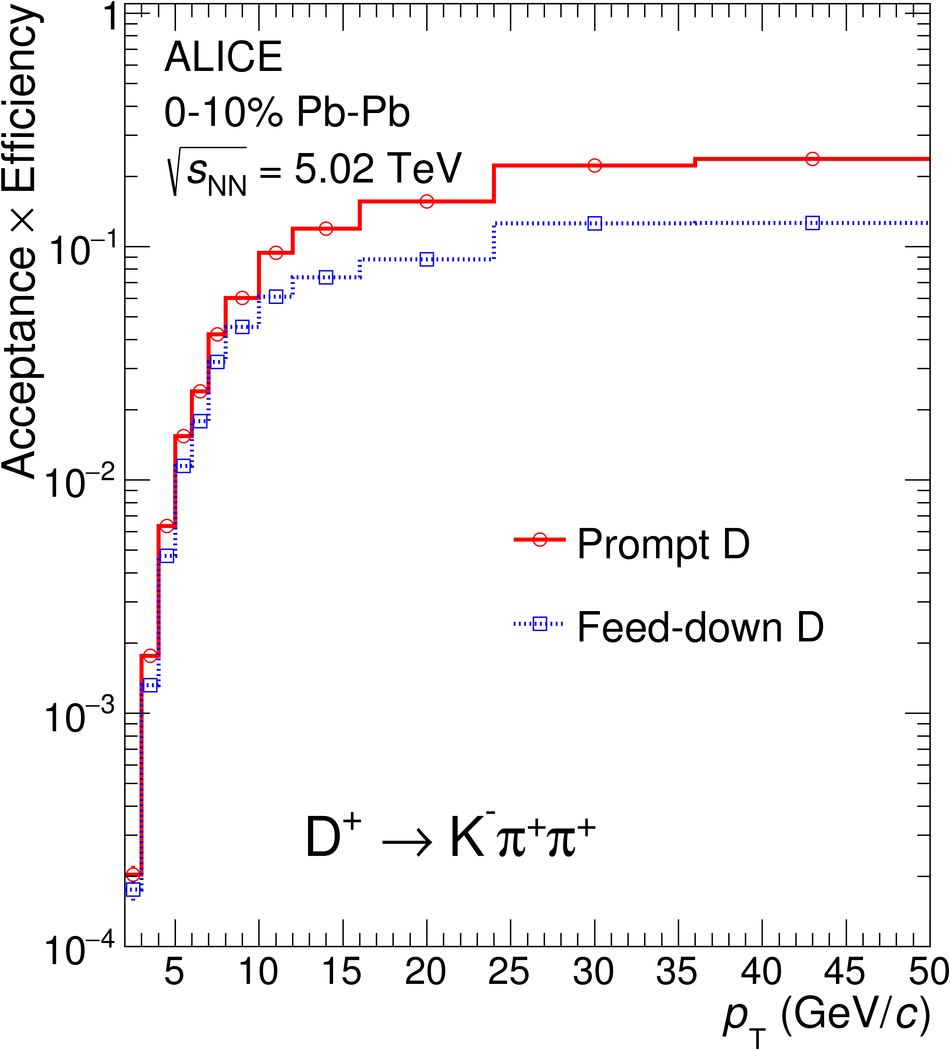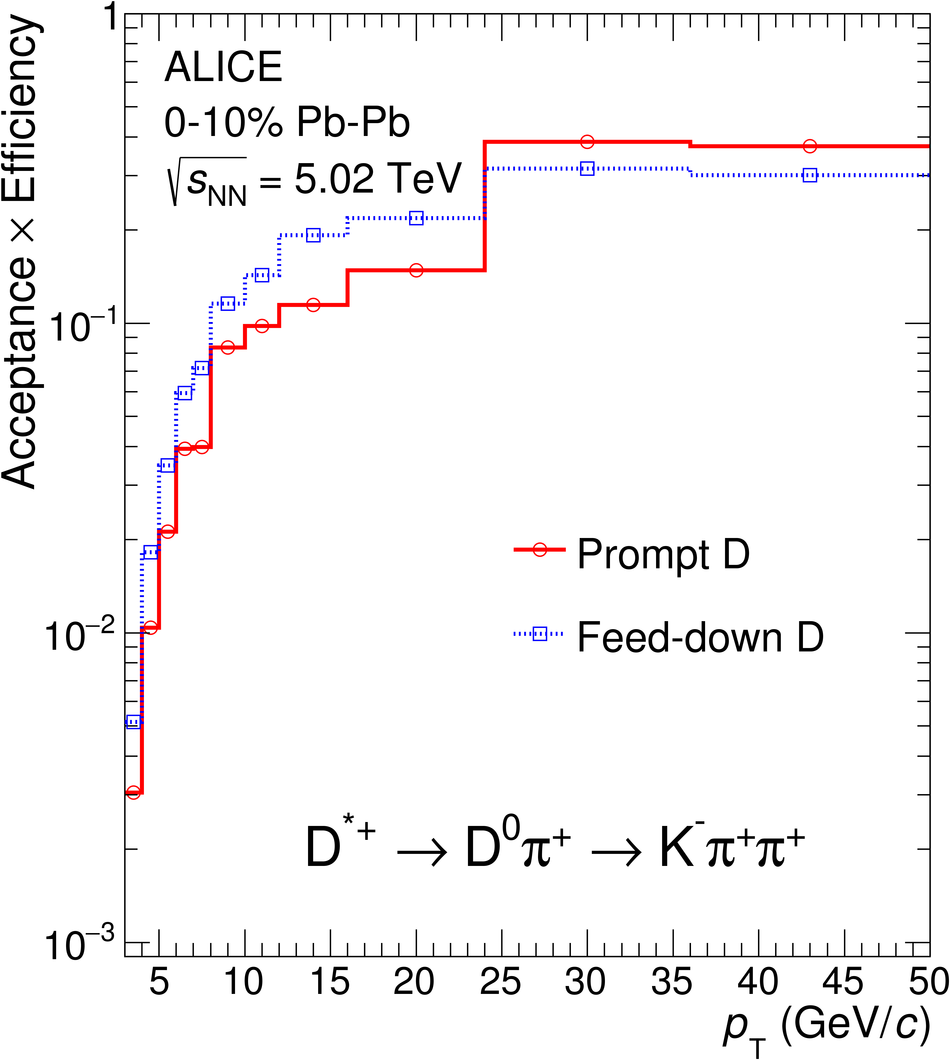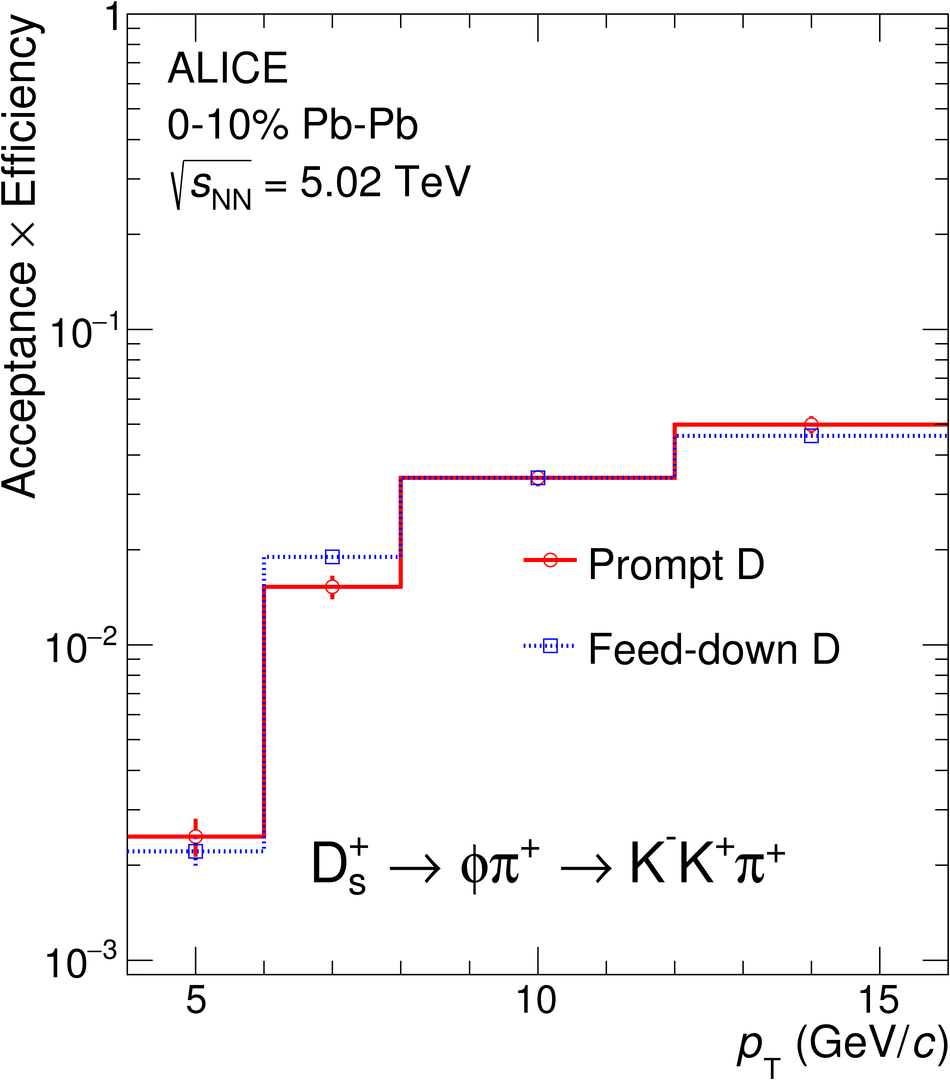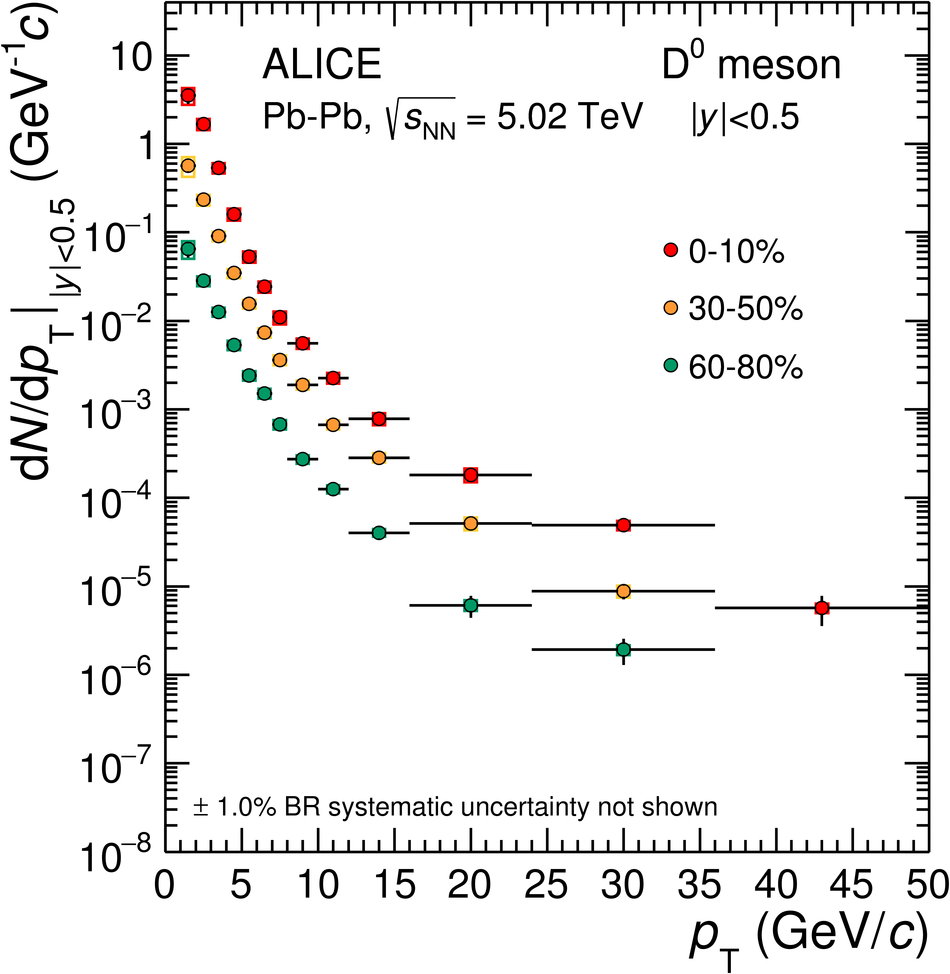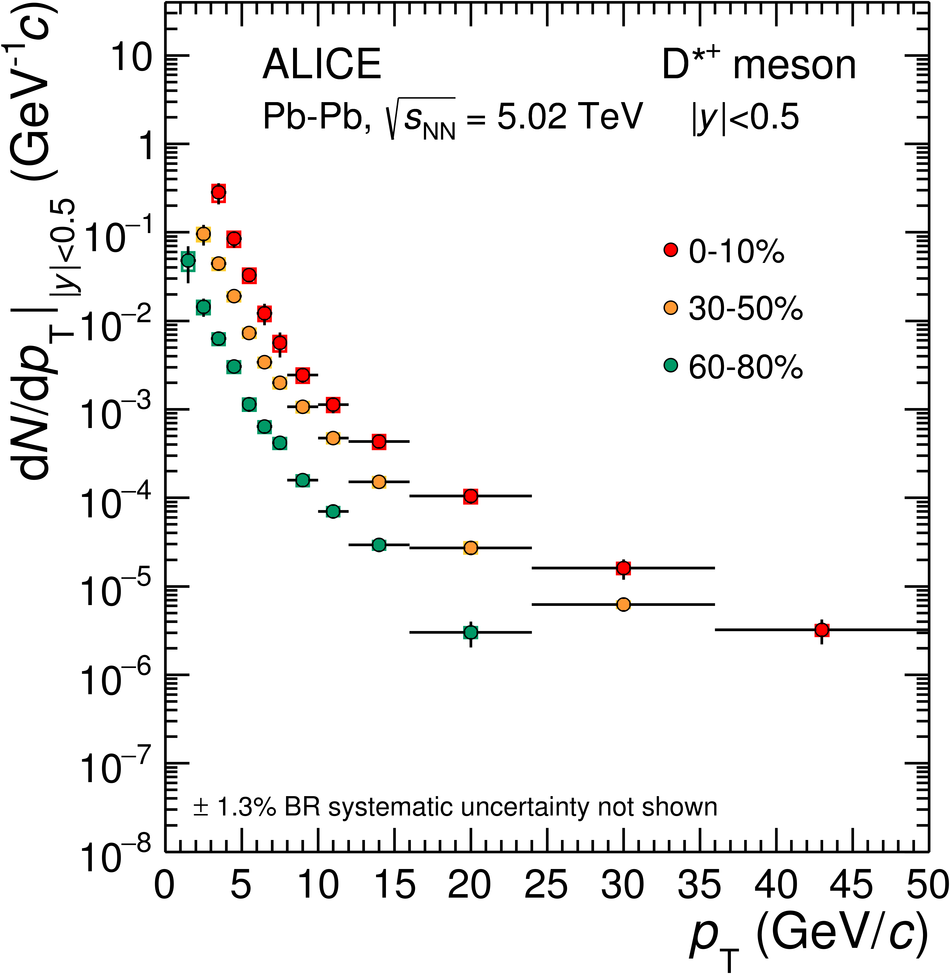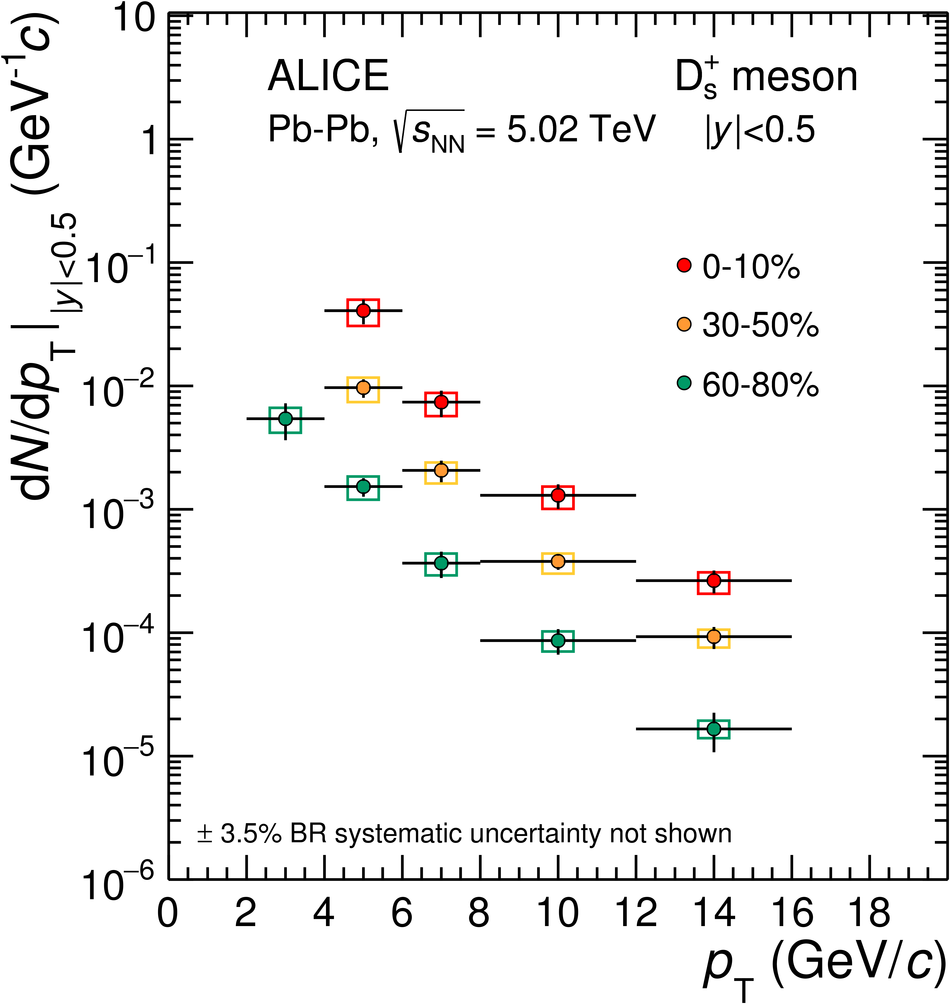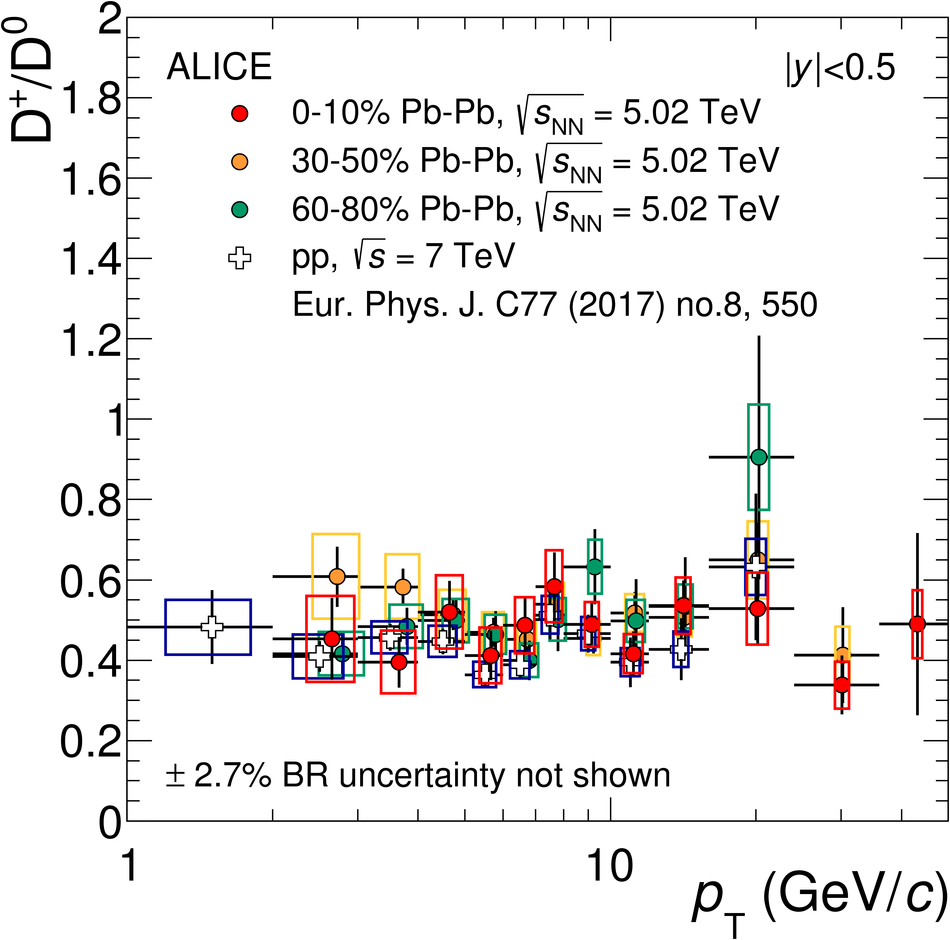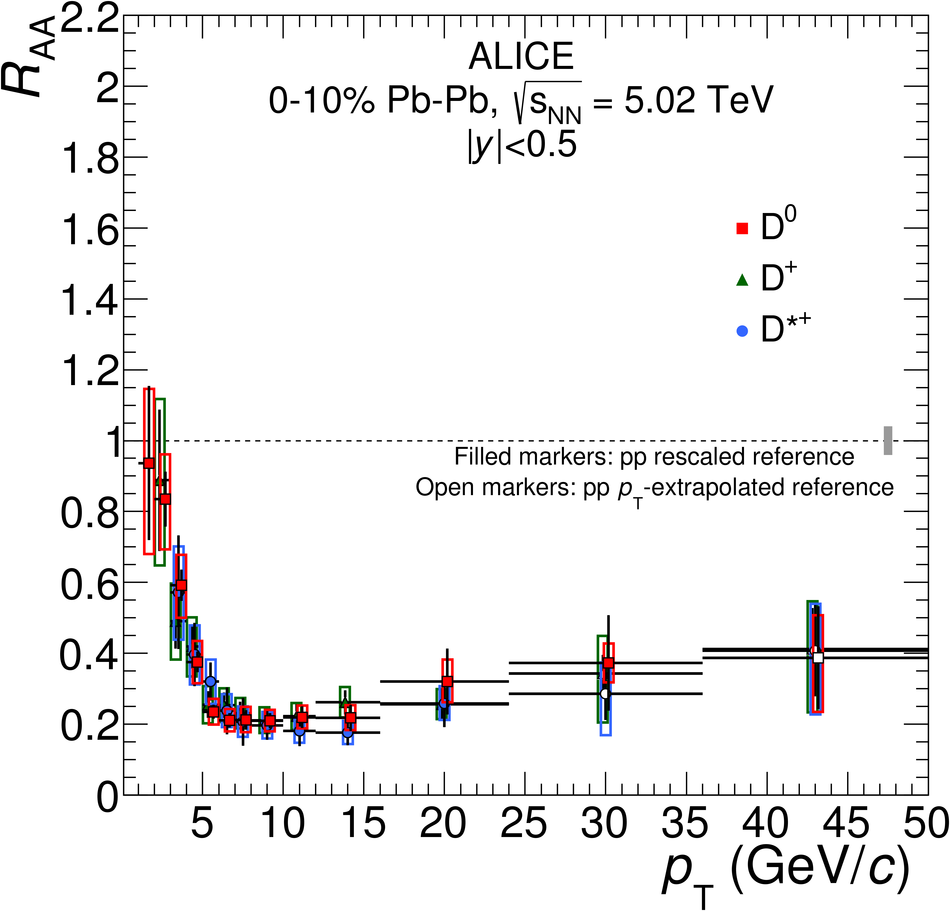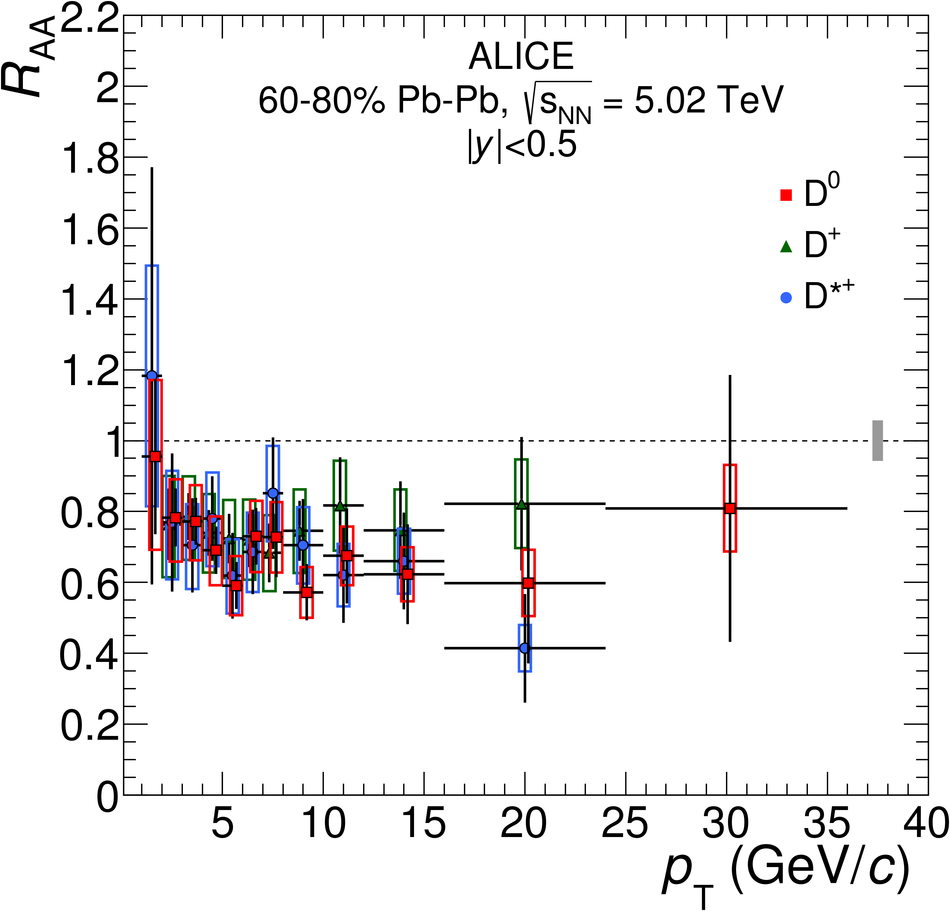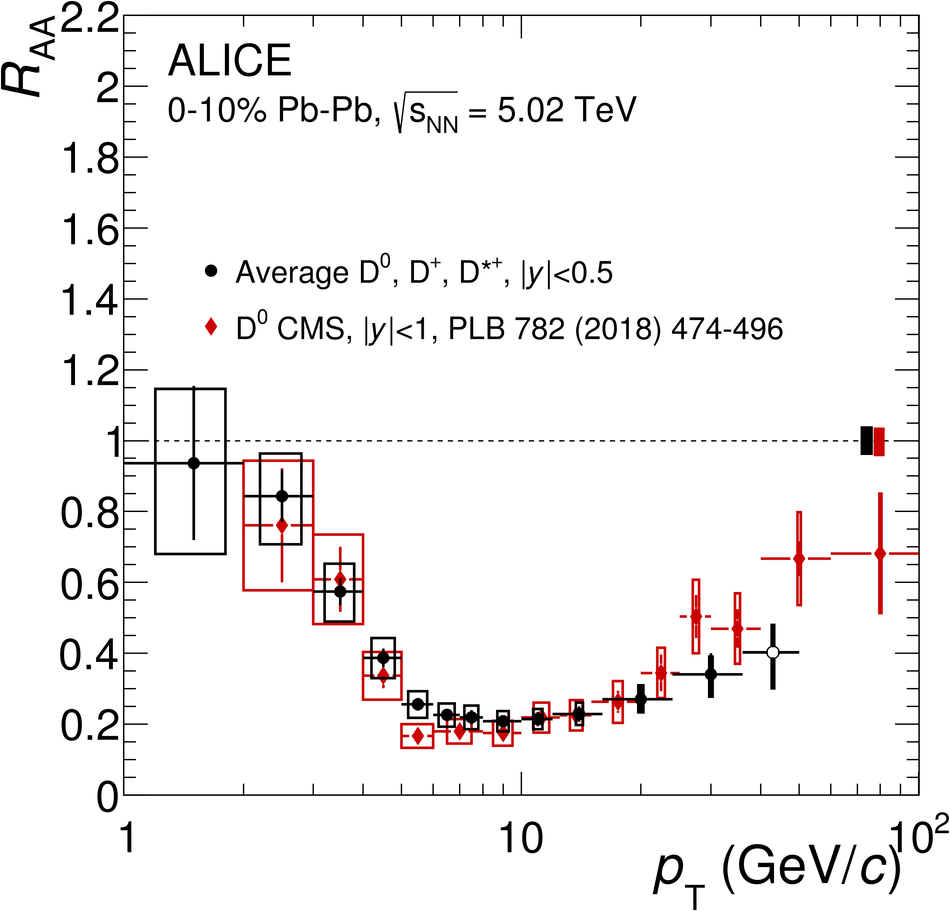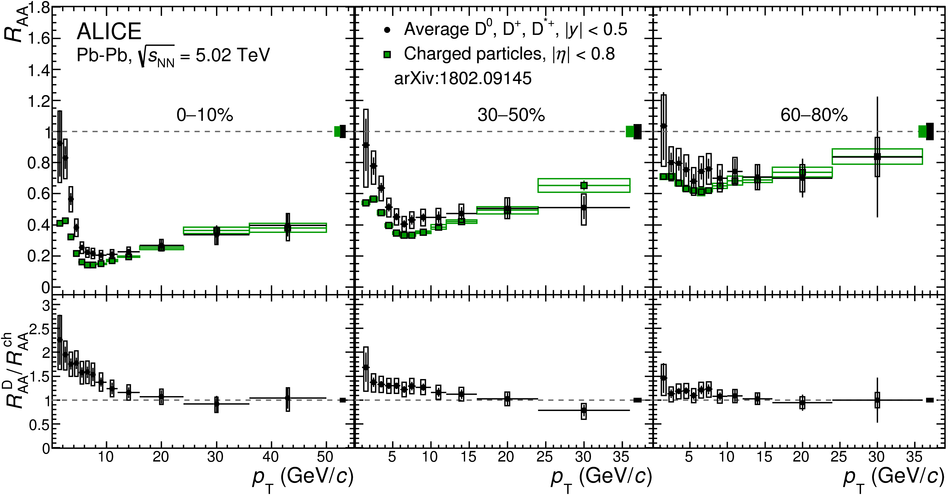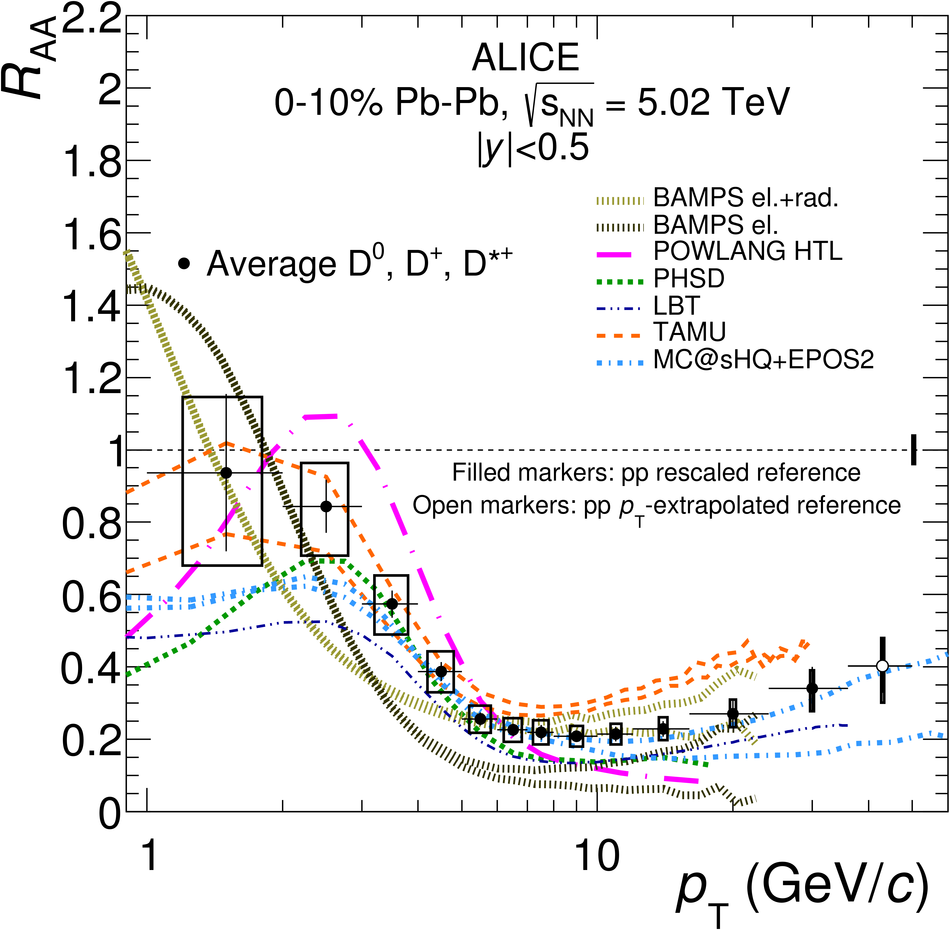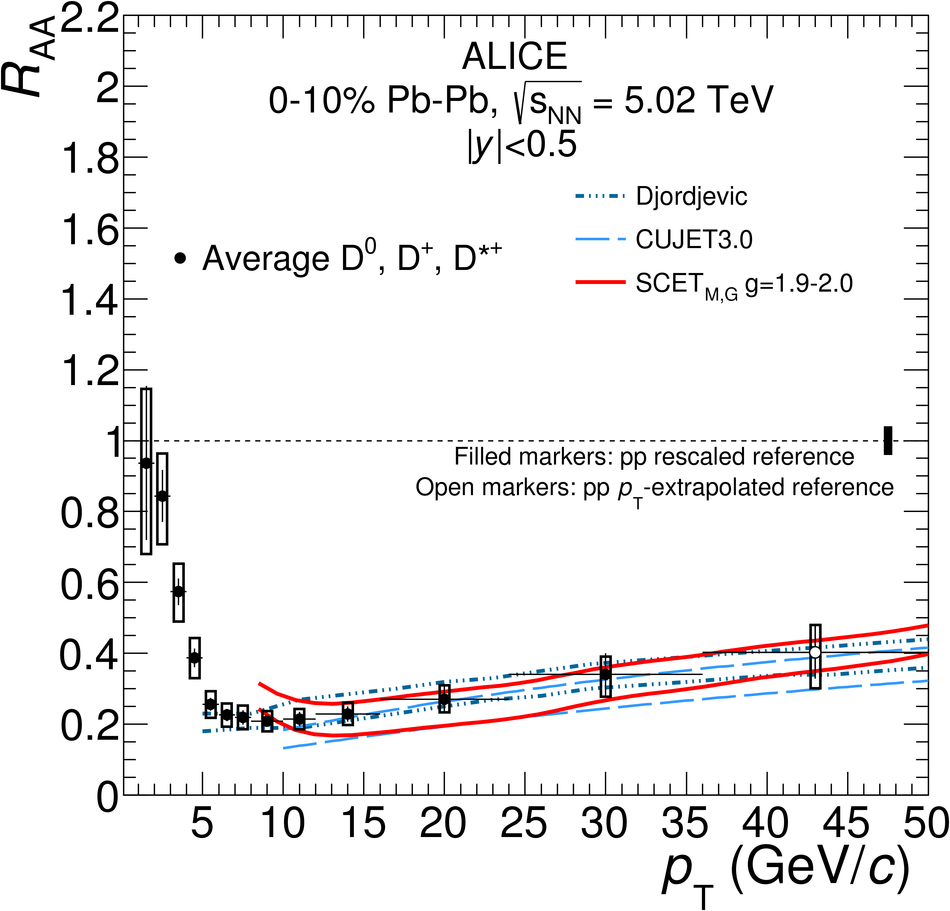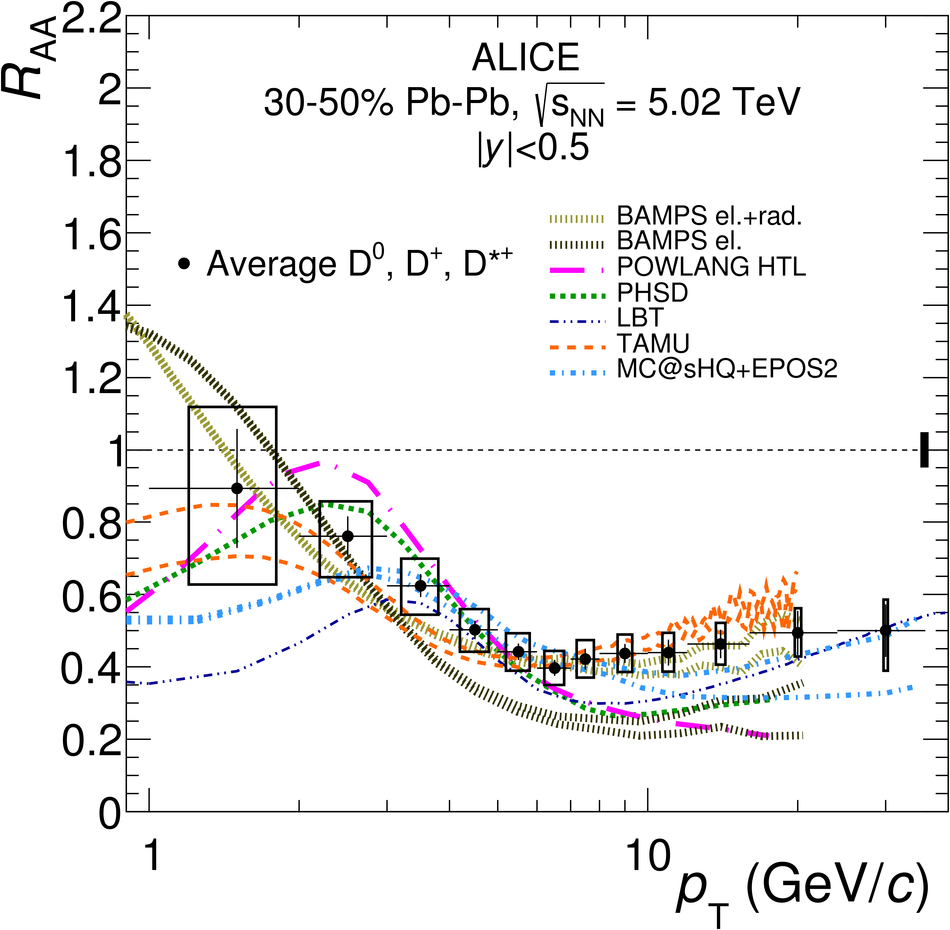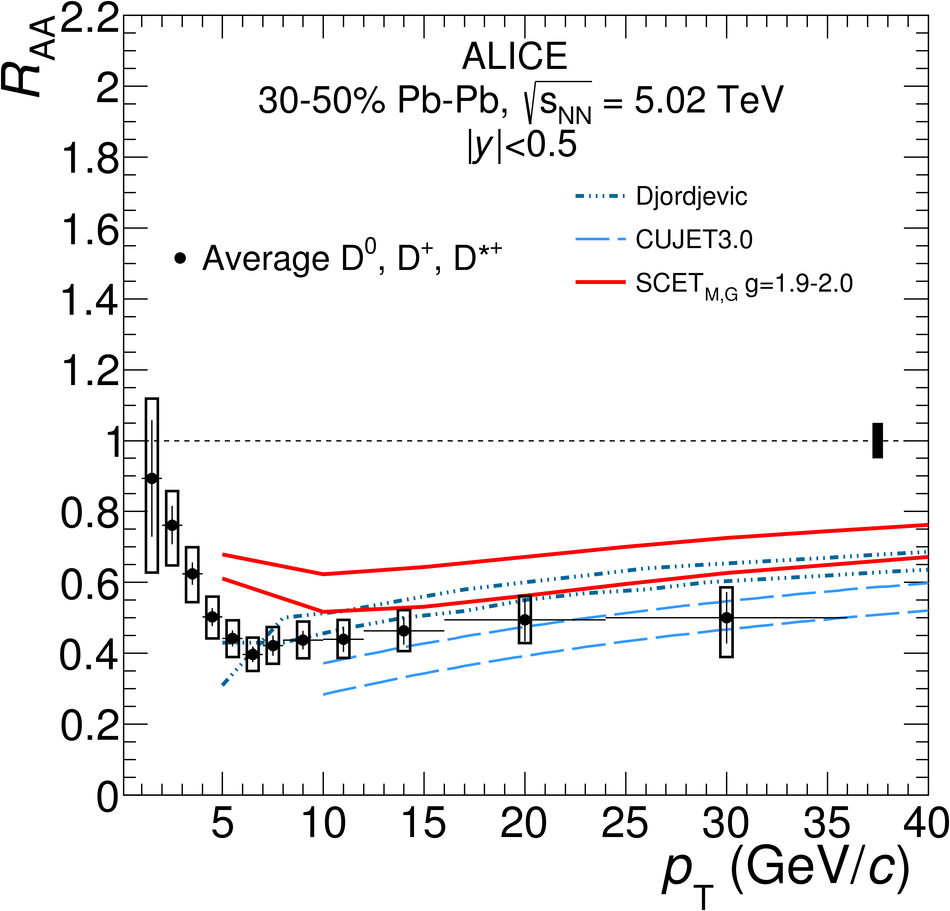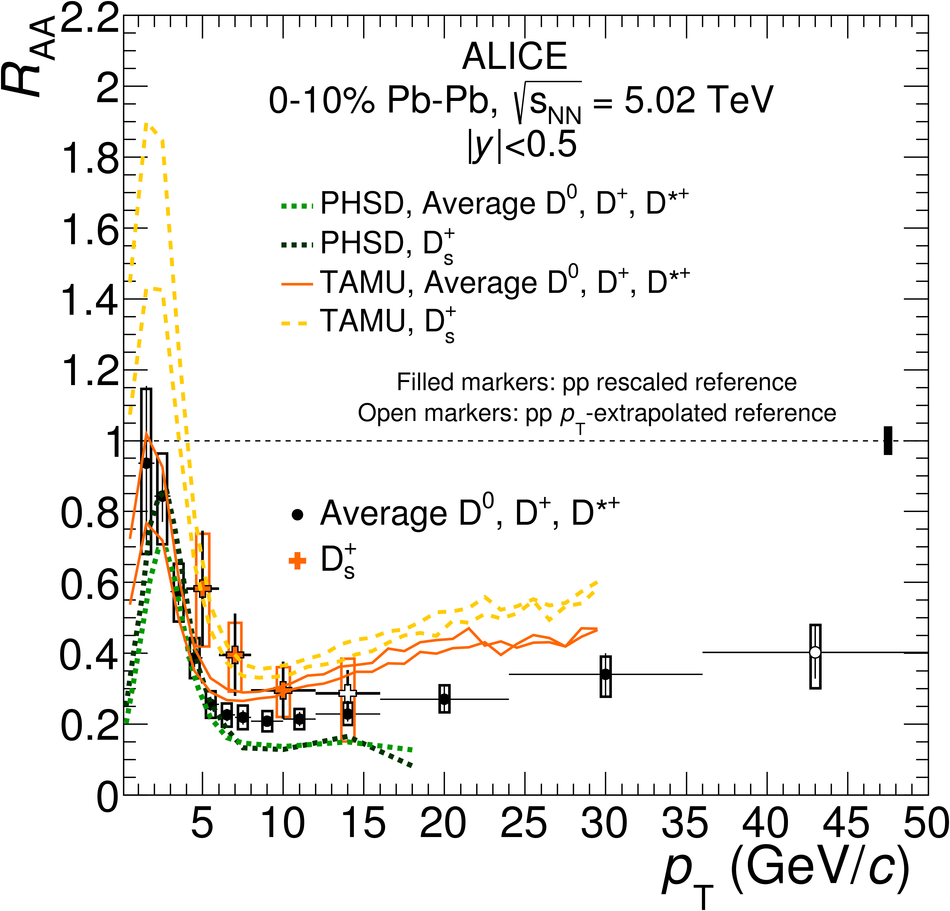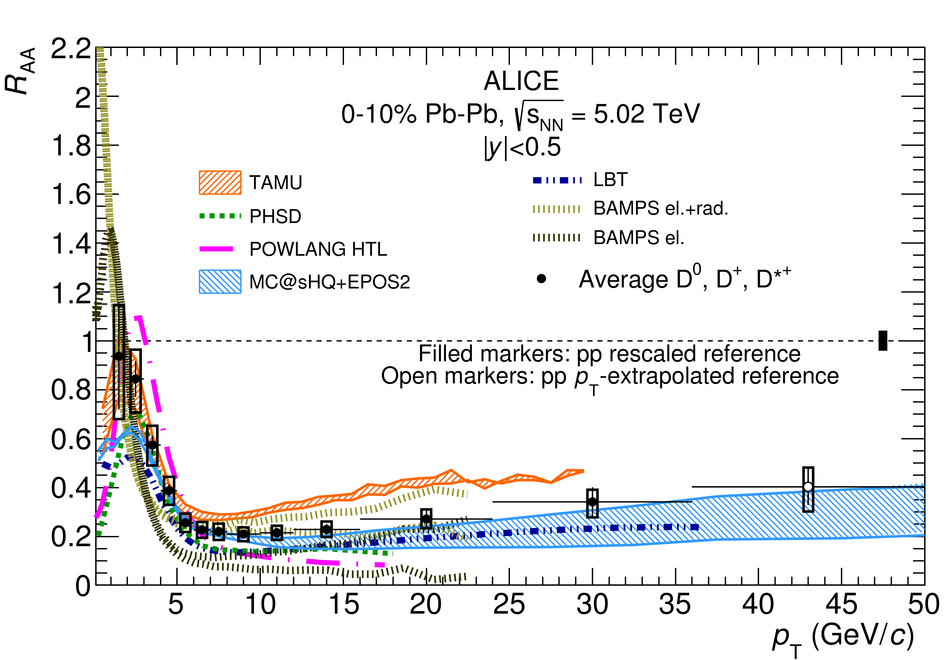We report measurements of the production of prompt D$^0$, D$^+$, D$^{*+}$ and D$^+_{\rm s}$ mesons in Pb-Pb collisions at the centre-of-mass energy per nucleon-nucleon pair $\sqrt{s_{\rm NN}}=5.02$ TeV, in the centrality classes 0-10%, 30-50% and 60-80%. The D-meson production yields are measured at mid-rapidity ($|y|<~0.5$) as a function of transverse momentum ($p_{\rm T}$). The $p_{\rm T}$ intervals covered in central collisions are: $1<~p_{\rm T}<~50$ Gev/$c$ for D$^0$, $2<~p_{\rm T}<~50$ GeV/$c$ for D$^+$, $3<~p_{\rm T}<~50$ GeV/$c$ for D$^{*+}$, and $4<~p_{\rm T}<~16$ GeV/$c$ for D$^+_{\rm s}$ mesons. The nuclear modification factors ($R_{\rm AA}$) for non-strange D mesons (D$^0$, D$^+$, D$^{*+}$) show minimum values of about 0.2 for $p_{\rm T}$ = 6-10 GeV/$c$ in the most central collisions and are compatible within uncertainties with those measured at $\sqrt{s_{\rm NN}}=2.76$ TeV. For D$^+_{\rm s}$ mesons, the values of $R_{\rm AA}$ are larger than those of non-strange D mesons, but compatible within uncertainties. In central collisions the average $R_{\rm AA}$ of non-strange D mesons is compatible with that of charged particles for $p_{\rm T} > 8$ GeV/$c$, while it is larger at lower $p_{\rm T}$. The nuclear modification factors for strange and non-strange D mesons are also compared to theoretical models with different implementations of in-medium energy loss.
JHEP 1810 (2018) 174
HEP Data
e-Print: arXiv:1804.09083 | PDF | inSPIRE
CERN-EP-2018-066

